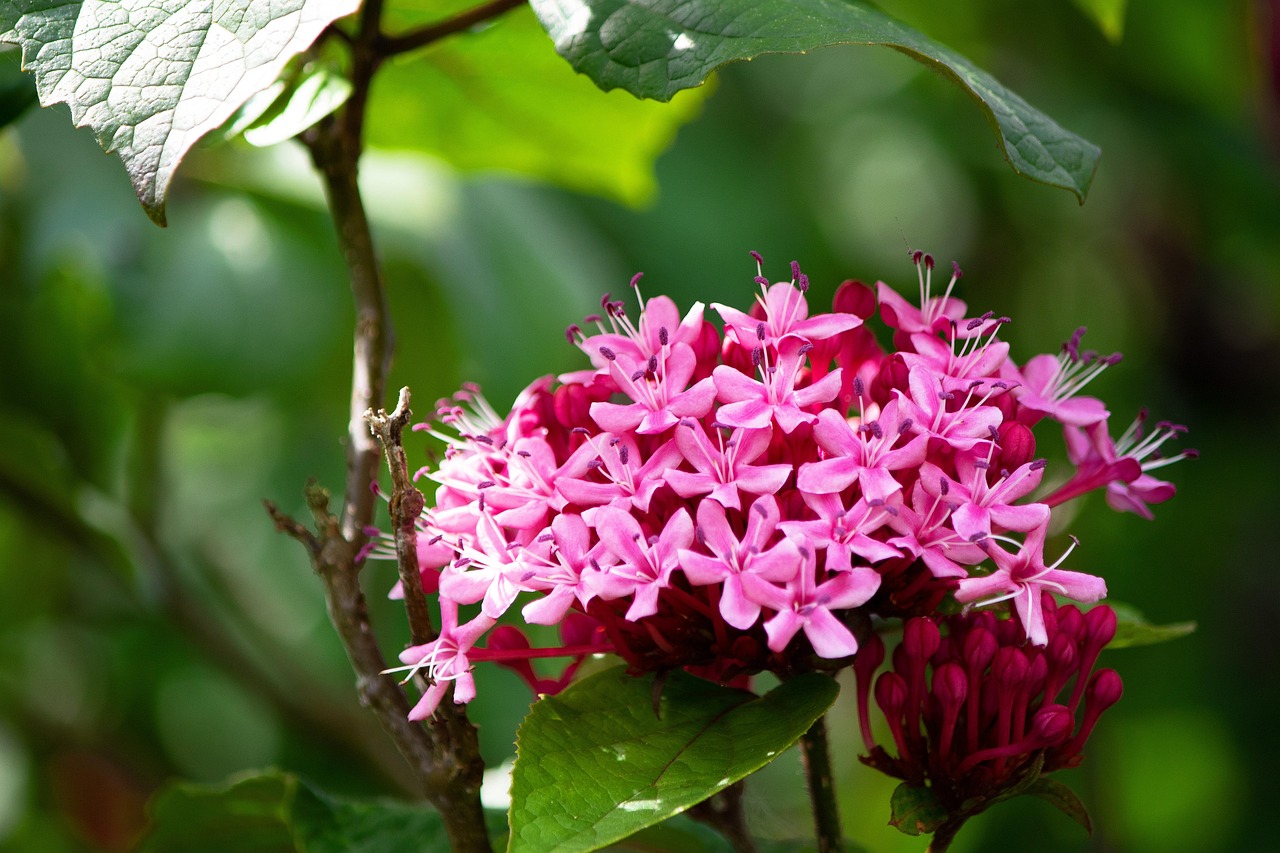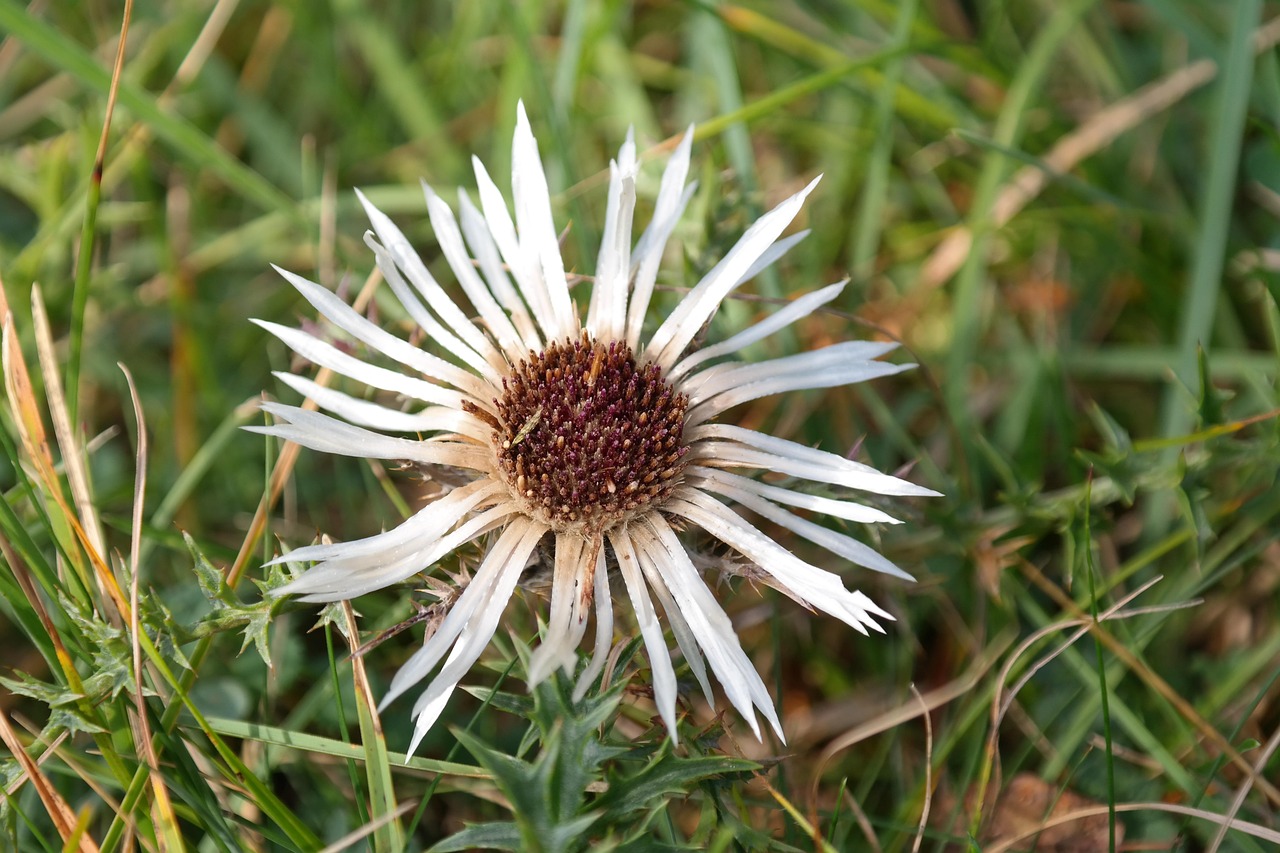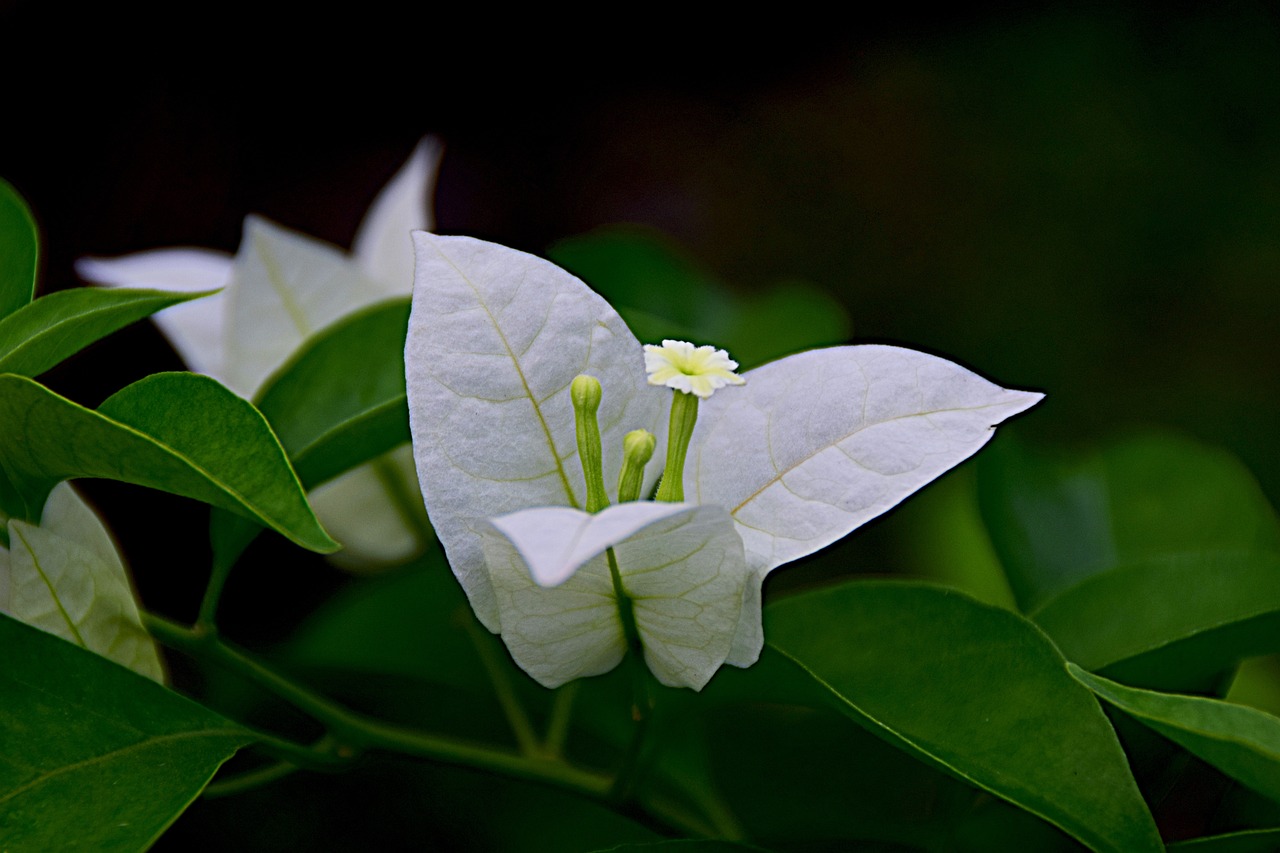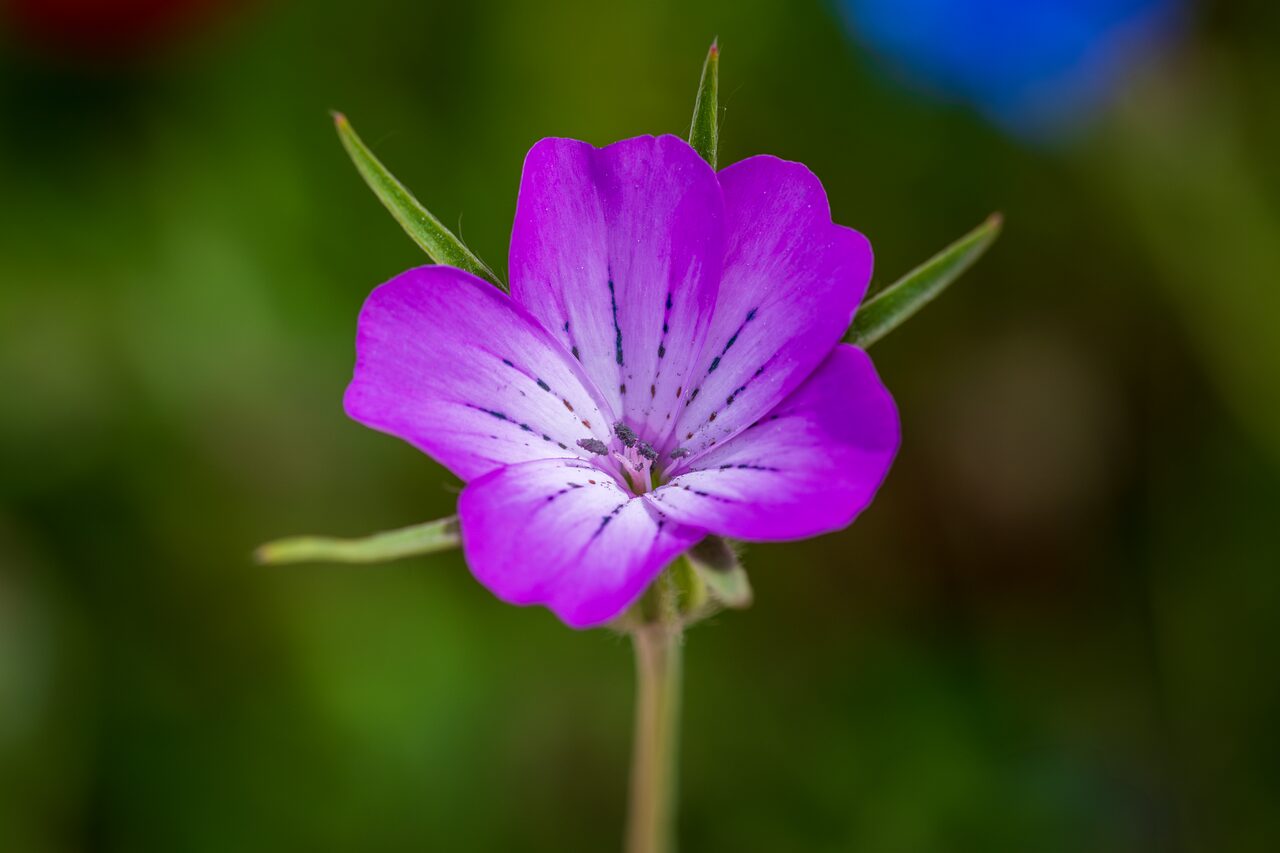Geranium phaeum | The Dark Lady Blooming in Monastic Silence
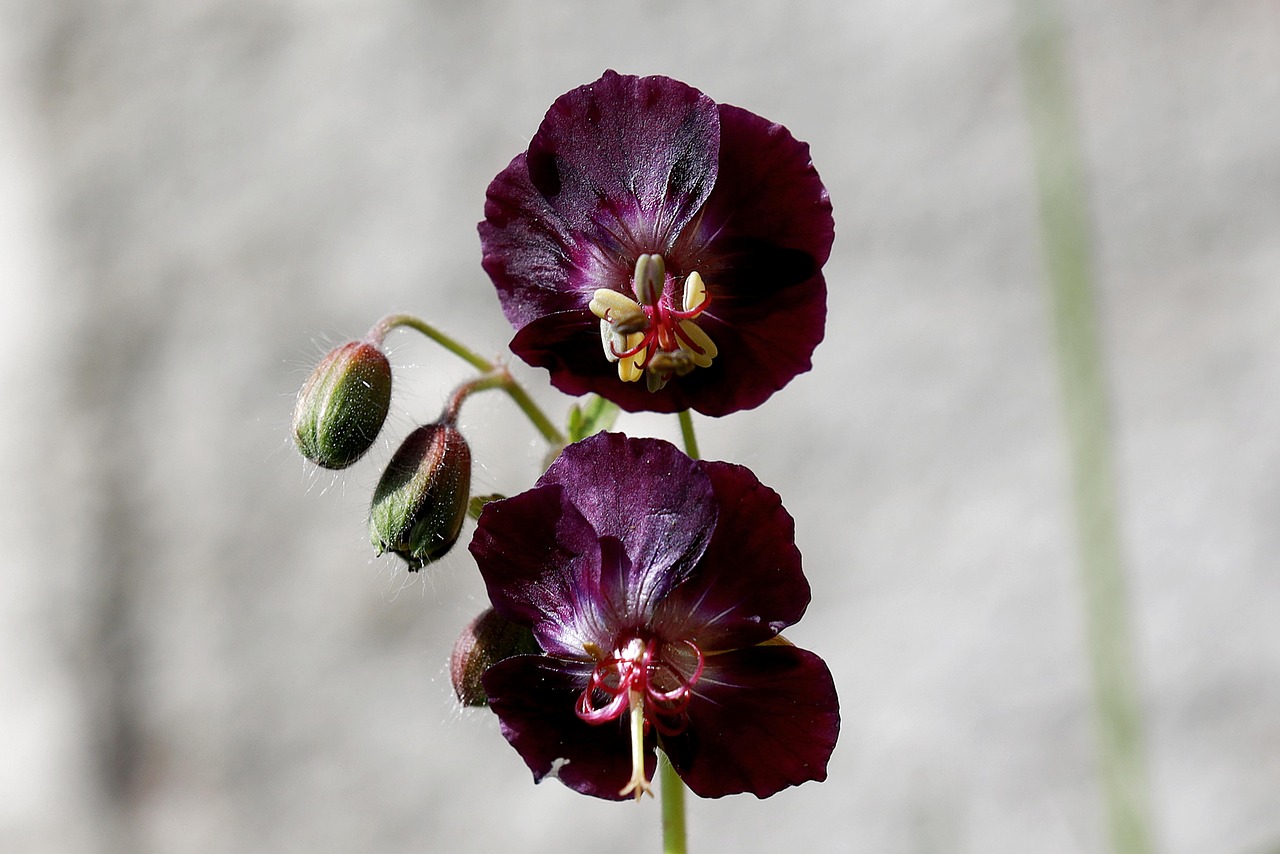
Geranium phaeum is a perennial plant admired for its deep purple blossoms and delicate foliage. With a long horticultural history centered in Europe, it continues to captivate gardeners across generations.
Its natural appearance and understated beauty make it a valued choice, ranging from traditional gardens to modern naturalistic landscapes.
In this article, I will present its cultural background, historical anecdotes, and key points for cultivation in greater detail.
Basic Information
- Scientific name: Geranium phaeum
- Family: Geraniaceae
- Origin: Central to Southeastern Europe (Alps, Carpathians, Balkan Peninsula)
- Appearance: The flowers range from dark purple to deep violet, with slightly reflexed petals that give them a distinctive form. Each flower measures about 2–3 cm in diameter and appears in clusters at the tips of the stems. The leaves are deeply lobed, sometimes marked with pale patterns. Fine hairs cover the plant as a whole.
- Blooming season: Mainly May to June (spring to early summer)
Cultural Significance Worldwide
Geranium phaeum, with its wild character and ability to thrive even in shade, is a staple of woodland gardens in countries such as the United Kingdom, Germany, and Austria.
In Britain, from the Victorian era onwards, as garden culture shifted from formal layouts to naturalistic styles, it was valued as a plant that recreated the atmosphere of woodlands.
In urban gardening, Geranium phaeum is appreciated for beautifying shaded areas, making it suitable beneath trees or on the north side of buildings where light is limited.
In the Netherlands and Belgium, it is regarded as a naturally growing perennial within community gardens and small backyards, also playing a role in local greening projects.
Historical Episodes
One of the earliest records of Geranium phaeum appears in the 16th-century German herbal Neue Kreüterbuch.
It was already noted as a “wild cranesbill with black flowers,” often cultivated in monastic gardens and medicinal herb plots.
By the 17th century, among the British nobility, the name “mourning widow” became popular, inspired by the flower’s dark color reminiscent of women’s mourning attire. This reflected the era’s strong culture of mourning customs.
In the 18th–19th centuries, horticultural breeding gave rise to cultivated varieties. The well-known cultivar Samobor, originating in Croatia, is particularly prized for its beautifully patterned foliage. Such varieties are exhibited in European botanical gardens and have been recognized by the Royal Horticultural Society (RHS).
Gardening Advice
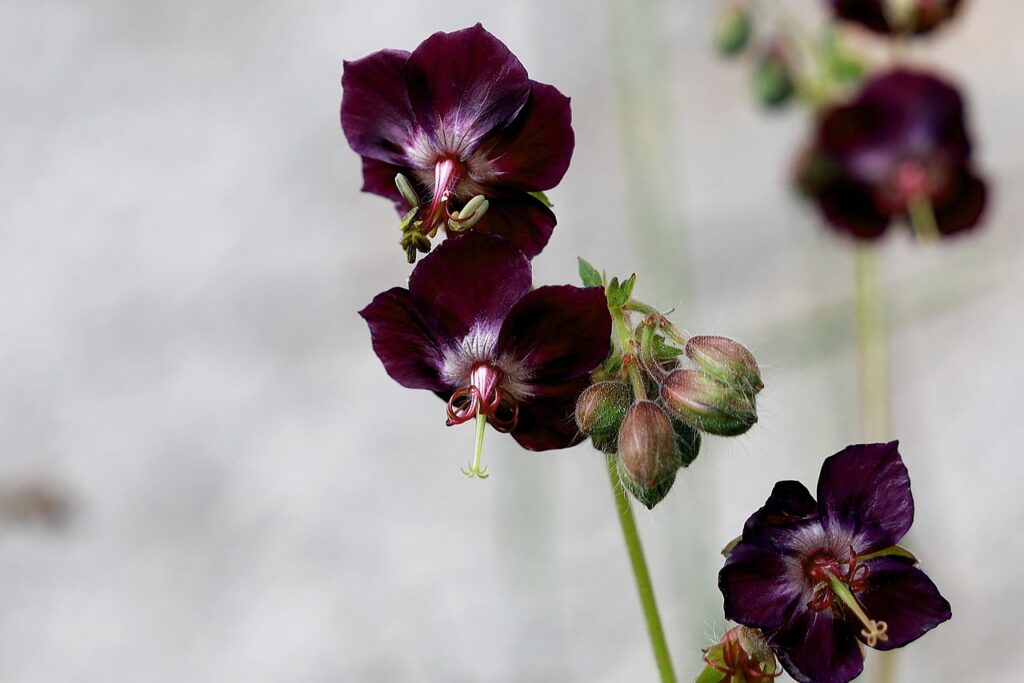
Geranium phaeum is a perennial that flowers gracefully in partial shade, bringing a cool elegance to the garden. Below are some points to help create suitable conditions:
Light
Prefers dappled or partial shade. Avoid harsh direct sunlight; soft filtered light is ideal.
Watering
Water thoroughly when the surface soil becomes dry. Ensure good air circulation to prevent root rot.
Soil
A neutral to slightly alkaline soil with balanced drainage and moisture retention is best. Improve aeration with compost or pumice.
Fertilizer
Apply a slow-release fertilizer at planting for steady growth. During spring to early summer, monthly liquid feeding enhances flowering.
Pruning
Remove spent flower stalks promptly to preserve plant vigor. Thin out excess leaves or crowded stems for better air circulation.
Wintering
Hardy enough to overwinter outdoors in cold regions. The above-ground parts wither in winter but sprout again in spring. Mulching the base after leaf fall helps prevent freezing.
Conclusion
Geranium phaeum, modest yet dignified in appearance, has been cherished for centuries within European garden culture.
From medieval monasteries to noble estates, its dark purple blossoms have carried symbolic meanings across time.
Even today, it remains highly valued as a plant that brings natural beauty to shaded spaces, contributing both to woodland landscapes and the preservation of historic gardens.

